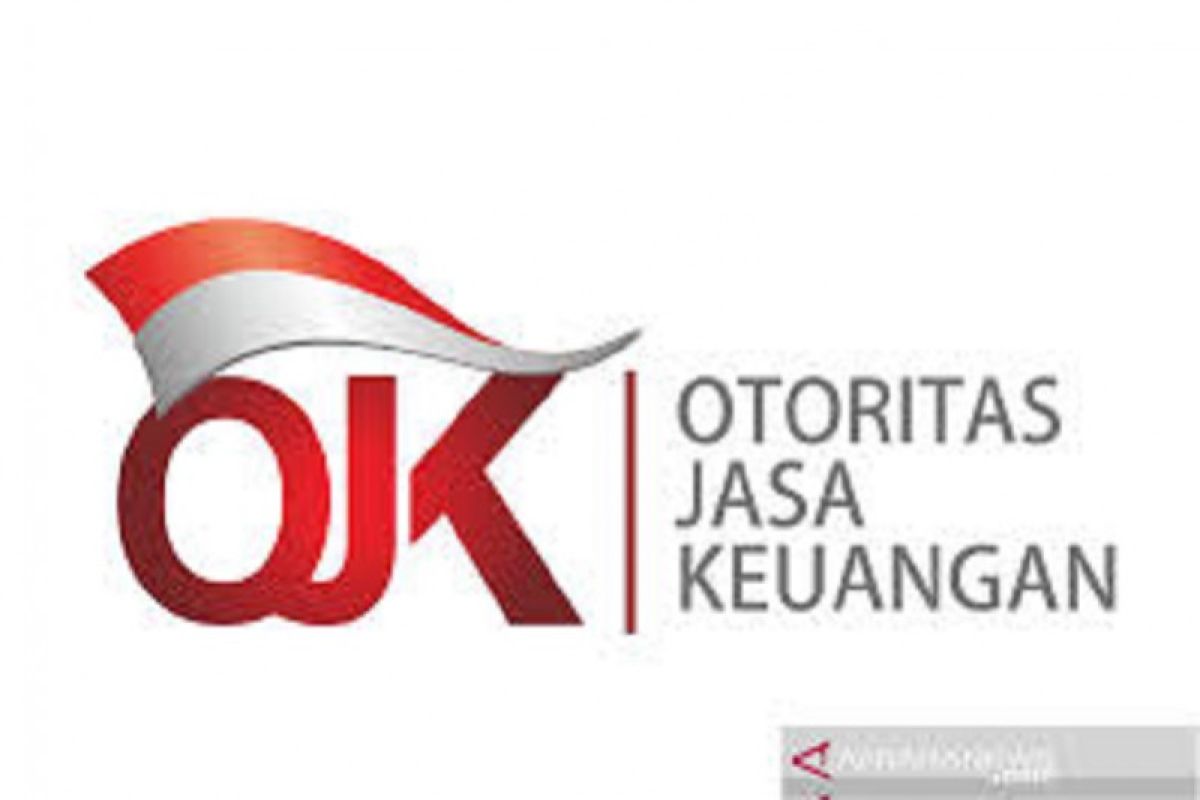"We are currently digitizing strategic initiatives for secondary banks," OJK senior executive analyst, Roberto Akyuwen, said during a webinar on provision of banking services using a hybrid cloud in Jakarta on Thursday.
According to him, the scope of digitization carried out at BPRs covers information aggregators, complete products and services, increasing the ability to submit reports targeted daily (from monthly or quarterly earlier).
He explained that the OJK has also carried out digitization initiatives for microfinance institutions and even sharia players, namely through the Micro Waqf Bank.
Digitalization of BPRs is also aimed to increase financial inclusion in the community, given the existence of BPRs close to customers in the suburbs, rural areas, and even in isolated areas, Akyuwen said.
At present, from Sabang to Merauke, there are 1,669 BPRs working in the micro and small market segments, of which 1,506 are BPRs operating conventionally and 163 are sharia BPRs, he informed.
Based on total assets, he said, as of December 2020, the market share of the BPR industry is pegged at 91.21 percent, or Rp155 trillion, a growth of 3.64 percent on an annual basis.
As for sharia BPR, it has a market share of 8.79 percent, or Rp14.95 trillion, reflecting a growth of 8.67 percent annually, he added.
OJK noted that the number of micro-entrepreneurs in Indonesia has reached around 58.92 million, or around 98.68 percent of the total business players, and small business actors, or around 716 thousand (1.20 percent), are still cash-based, so they are a target for the direction of digitization.
Akyuwen then urged national banks, including secondary banks, to make adaptations, to take initiatives, and collaborate in the digitizing effort. (INE)
Related news: 38 of every 100 Indonesians understand financial service products: OJK
Related news: OJK highlights Indonesia's potential in sharia economy
EDITED BY INE
Translator: Dewa Ketut, Azis Kurmala
Editor: Suharto
Copyright © ANTARA 2021












